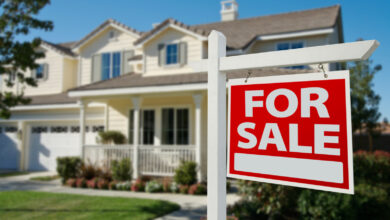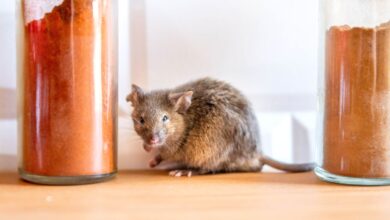
7 Signs It’s Time To Replace Your Laminate Floors
Your flooring is not an eternal item. It’s acceptable to hold on to the notion of floor upkeep for a sixteenth time. However, you must replace flooring when wear and tear become excessive.
Additionally, replacing the flooring can reduce the danger of health, safety, and insect infestation. Additionally, it spares you the hassle of frantically attempting to hide stains before company arrives. In the long run, spending money on new flooring might save you money on flooring repairs as well!
What indications do flooring damages provide when they get excessive? The top seven indications that your flooring needs replacing are listed below.
1. Substituting A New Carpet
What is that odor? There’s a good probability that you’ve asked this question if you’ve ever owned carpet for a long period. Your carpet has a scent, and despite your best efforts to cover it up, you are unable to identify what is causing it. Additional telltale indicators of worn-out carpets include severe matting, stains, or torn carpet which you can know by Warrington Laminate Flooring.
Nowadays, carpet usually lasts 5 to 15 years. It may also deteriorate considerably more quickly based on lifestyle and traffic patterns. How can your carpet be “fixed” before being replaced? A professional cleaning can enable you to put off replacing your carpet if it is made of nylon, Sorona, PTT, or Triexta fibers.
2. Use and Abuse
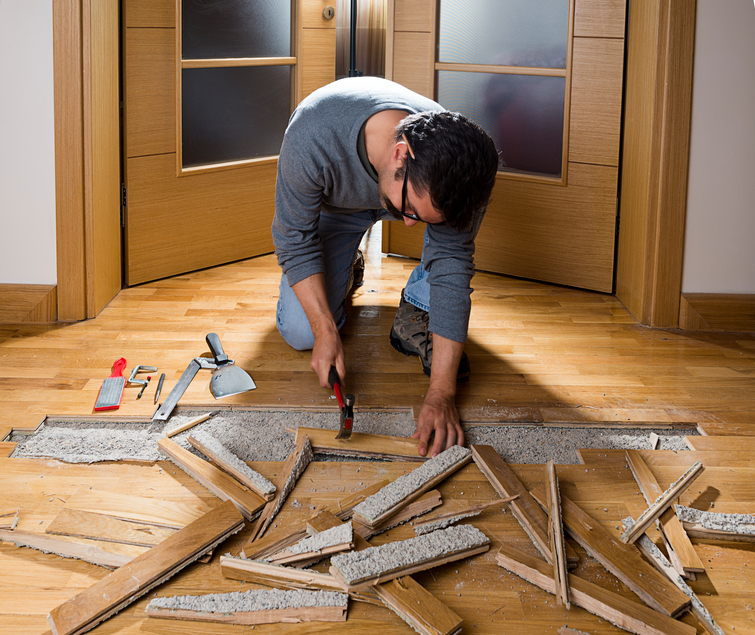
A few dings and stains here and there are normal. You may anticipate wear and tear, particularly if you have dogs, kids, or light-colored carpet. However, severe gouges and fractures demand treatment. Additionally, consider flooring replacement if stains persist despite a thorough cleaning.
Why?
Well, flood damage and pest infestation might happen when there are severe scrapes and fissures. Floorboards are a favorite food of termites. Stains can also lead to rotting and other problems, making them more of a burden than an eyesore.
Replace laminate that is peeling as well. The flooring may be repaired in sections, but if you want a perfect match in design, you should replace it entirely.
3. A Noisy Floor
One of the earliest indications of flooring degradation might be noisy floors. There are several reasons why floorboards may creak or squeak. But if your flooring is ancient, it can be a warning of something more serious.
Many issues only call for flooring repairs. It could resemble a loose nail in several ways.
Noises may also result from poor installation, foundation settling, and subfloor deterioration. A creaking board can be replaced, but if it is more pervasive, get it checked by a specialist. It may be decaying, which will become worse with time.
4. Differentiate Hardwood Floors
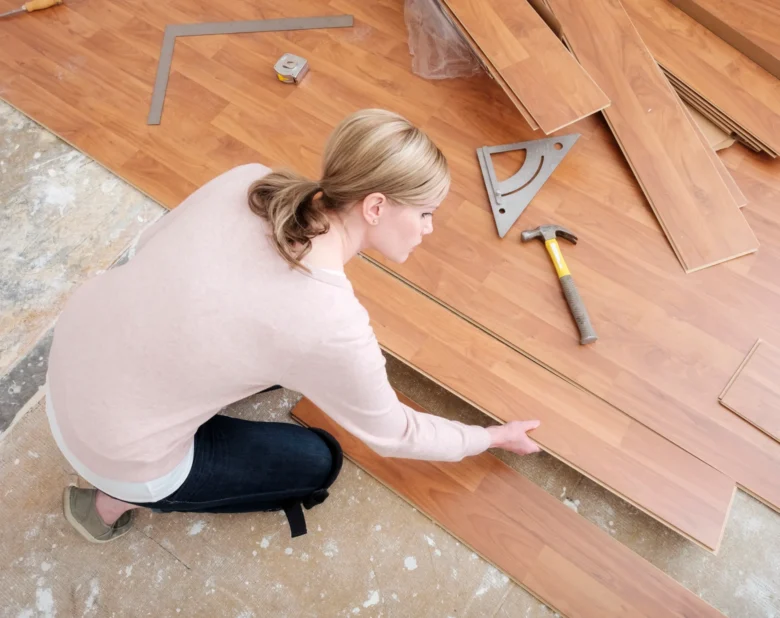
With the right care and upkeep, hardwood floors look beautiful, increase the value of any room, and endure for decades. But what makes hardwood floors so enticing is that you have the rare chance to repair the wood if it starts to fade or become damaged. Sanding is a necessary step in this procedure, but it can degrade wood quality after several treatments and can typically only be used four times before floors need to be replaced.
Your hardwood floors could also need to be changed for other causes. Your hardwood flooring may start to peel or become uneven and mushy in certain places. This can indicate that the timber is decaying as a result of moisture exposure.
5. Too Many Sandings
Among their numerous advantages, hardwood floors are inexpensive. With little upkeep, they last for a very long period. There is such a thing as too many finishes, though!
Hardwood floors might become too thin if they are overly sanded. Floorboards that are too thin are more prone to structural problems like cracks.
Hardwood flooring typically has a lifespan of up to 12 years. However, whether it lasts this long depends on the maintenance, hardwood kind, and other variables.
If your flooring has had several refinishes, it is time to replace it. Look for additional indications of flooring degradation if you are unsure how many refinishes the wood has undergone offensive odors.
You need new flooring as soon as odors penetrate to the subfloor. Pets or other mishaps are frequently to blame for this. To get rid of odors like pet pee, the subfloor will need to be properly cleaned.
Choose a flooring replacement that is suggested for pet owners after doing this.
Unpleasant scents are readily produced by stains and subsequent problems like mold. To get rid of the stench, consider performing some floor upkeep, such cleaning. However, a candle or air freshener won’t work and eventually won’t be able to cover up the smell.
If odors persist, the issue requires more attention than what flooring upkeep can provide.
6. Changing Laminate And Vinyl Flooring
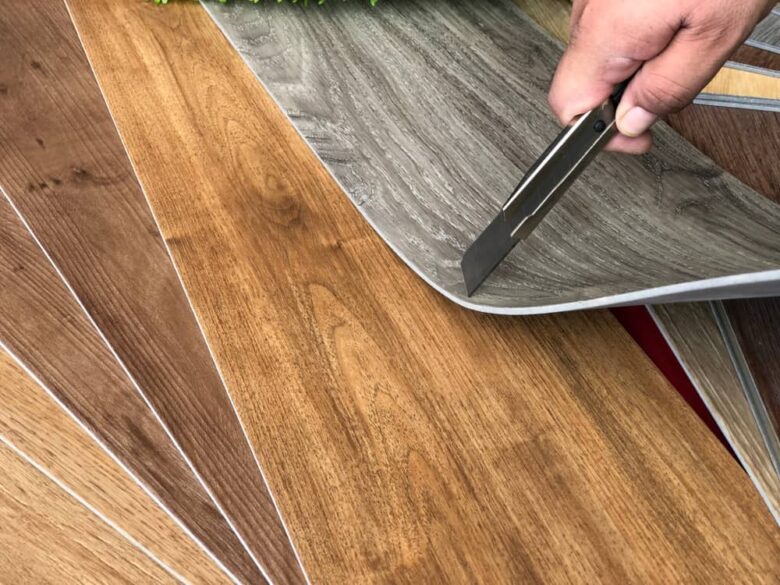
Many homes make excellent use of vinyl and laminate flooring. However, laminate or vinyl flooring may start to exhibit indications of peeling after many years of use, water damage, or overheating. There is no quick cure for this problem; new floors will be needed. Similar to peaking or sticking up where the floor meets the wall, this sort of flooring will probably need to be replaced since there is probably not enough room for expansion, which will lead to more damage over time.
It can also happen the other way around, when flooring starts to move apart and develop gaps.
Ineffective Style
Additionally, it is not shameful to require new flooring due to style. Perhaps you are in need of a flooring damage sign. Or maybe you moved in and tolerated the flooring until it started to conflict with your style and bother you.
Or perhaps your flooring is simply worn out and you desire a change. Regardless of the motivation, there is a flooring option for everyone. For ideas, go through flooring galleries.
7. Allergies
Despite your best efforts to avoid allergies, do you still struggle with them? Your flooring may hold the key to finding the answer.
Your flooring may become home to dust, pollen, and mold. VOCs (volatile organic compounds) in various finishes. Replace your current flooring with a suitable alternative, such as hardwood, vinyl, or tiles.



